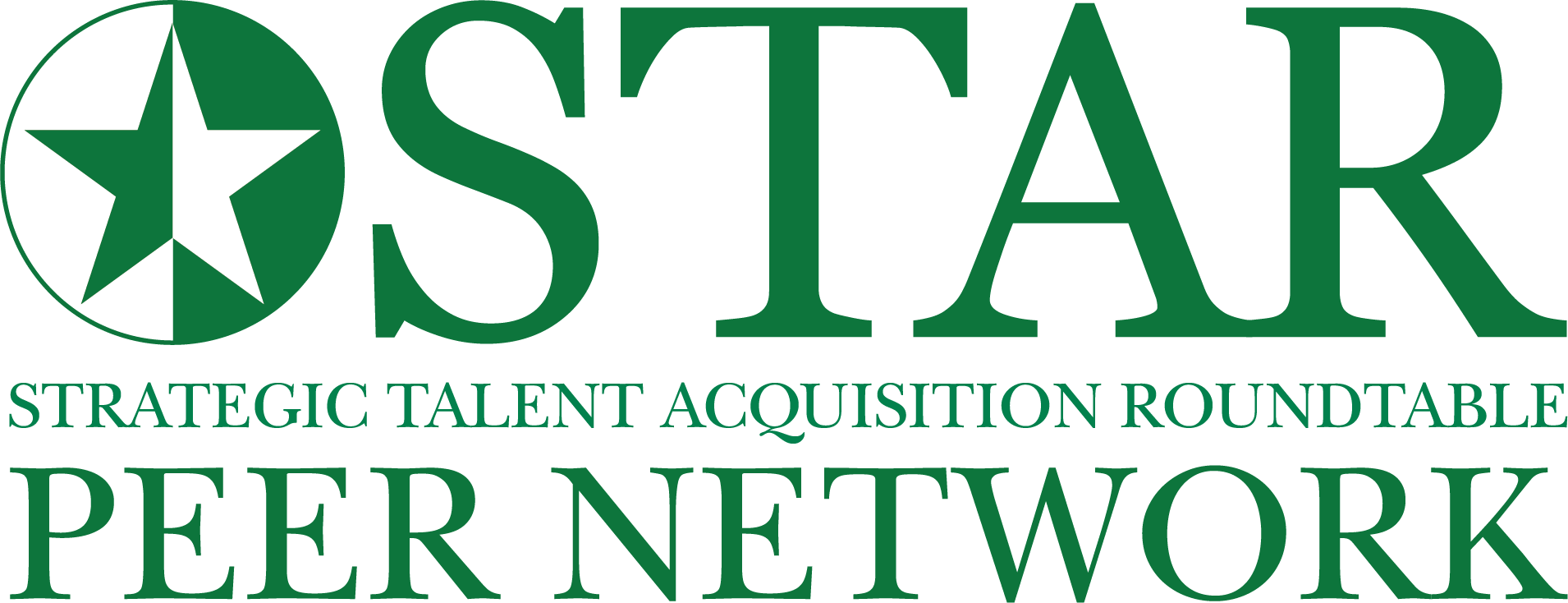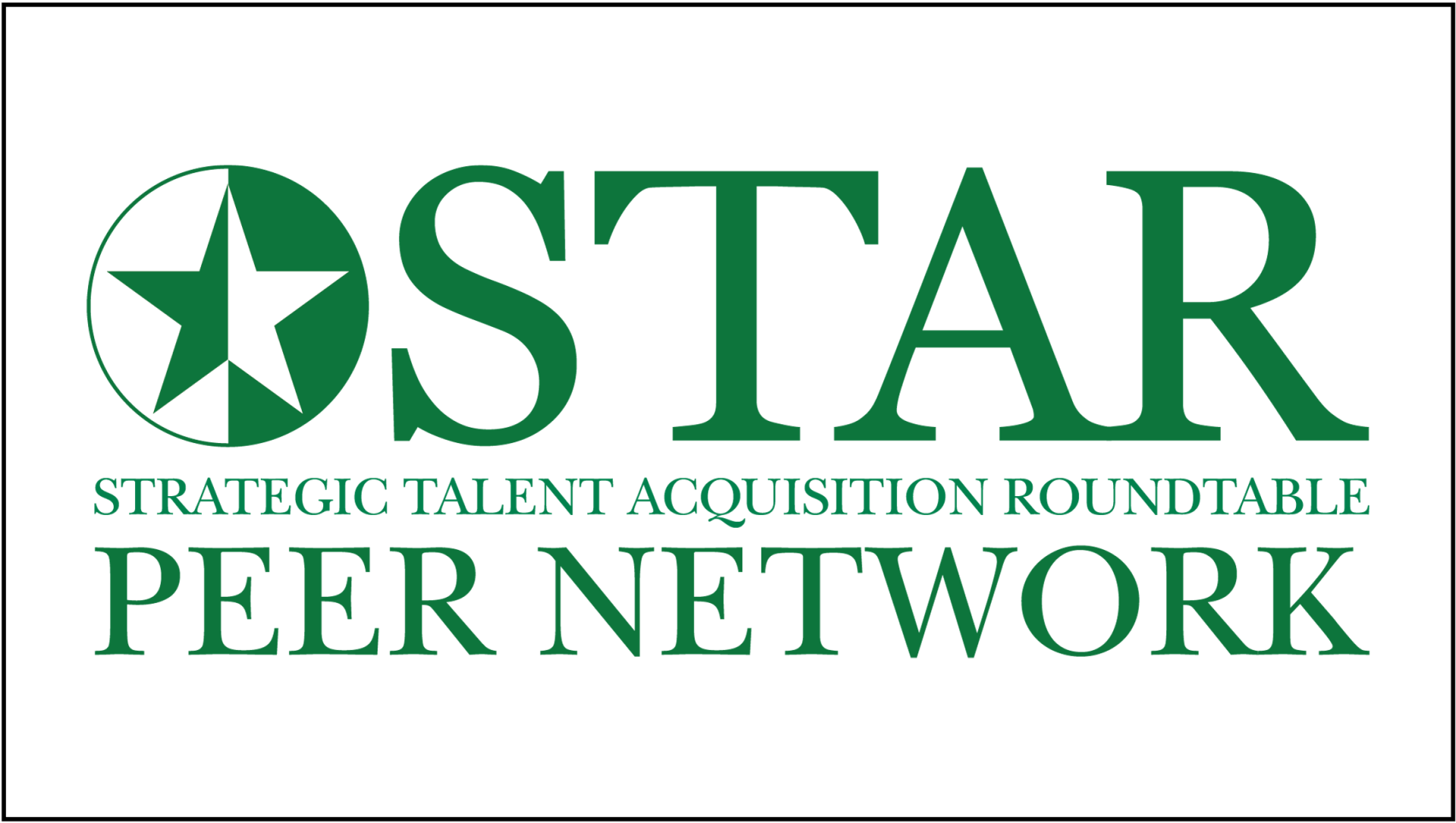Cold Calling Tips and Tricks
Oct 9
/
Shally Steckerl
Let's talk about the art of cold calling that recruiters and sourcers need to understand. We'll get into my favorite techniques, how and when I like to use the phone, and messaging. It's simple. It's fast. Let's go!
The three steps for initiating contact
-
A non-solicitous, brief but highly compelling email to establish rapport
-
Attempt a call then if not answered leave a simple voicemail"Hi this is Shally, I'm trying to get in touch with you. I sent you an email with my contact information. Please call me back at …."
-
Send a simple message via social networks like Twitter, LinkedIn, Facebook, Ning, or send an SMS (text) or just send a second email.
All this needs to say is, "Hi ___ I just called you, and it's important that we connect so I wanted to make sure you had my contact info.Please call (or email) me at … "
Good through-put metrics for calling programs
On average, it takes about 140 passive candidates to get one hire. This will vary, of course, based on how well you manage the process, how good you get at finding ways to reach people, converting suspects into prospects, and managing your hiring managers or clients.
It breaks down like this:
You should be able to reach about 25% of the cold passive leads you to attempt to contact.
Of those, about 25% should be interested. These are passive candidates, so most of them will just not be interested. However, the better you get at your pitch, the higher this percentage can go. I've seen ratios upwards of 50% here.
Of those interested, since these are highly targeted passive candidates, they are well qualified. Therefore, about 50-60% should end up submitted, and about 80% of those you submit for consideration should be accepted.
Of those, about 25% should be interested. These are passive candidates, so most of them will just not be interested. However, the better you get at your pitch, the higher this percentage can go. I've seen ratios upwards of 50% here.
Of those interested, since these are highly targeted passive candidates, they are well qualified. Therefore, about 50-60% should end up submitted, and about 80% of those you submit for consideration should be accepted.
If you get a "no" at the beginning, should you continue the call trying to convince them or go on to the next call?
The initial "no" can often be "I'm busy" or "I'm not alone" or something as simple as they are just in a bad mood. Therefore I usually try something like, "I understand you're probably very busy right now. But this is important, so would you prefer I call you back tomorrow morning or are evenings better?" I may also say, "If you prefer, I can contact you at a different, more private, phone number?"
How do you warm up cold calls?
The secret to getting them to warm up is to be a good listener. It also helps if you match their pace, tone, and voice pitch. Pay close attention to the language they use – if they say words like "feel," then you talk about feelings, if they give you the numbers or percentages, then use facts and statistics in your conversation, etc. There's a whole art to this, and we cover it extensively in our Persuasive Communication module.
Avoid saying "I found you on the Internet."
For some reason, people get very upset when they hear that you "found them on the Internet." Instead, you can say something like "online" or better yet give them the name of a website like LinkedIn, which will remove skepticism. Also, some assumptive language is worth avoiding – for example, "I need you to."
Instead, use more subtle approaches like "I'm hoping you could." High-pressure sales typically uses assumptive language, and people recognize it. therefore, they feel like they are being "sold to." Recruiting calls are about relationships, so telemarketing or time-share selling techniques could get you off to a bad start.
Relax before you call.
Stand up and smile when you start the call. Also, we find it very useful to make two introductory calls to new contacts purely for the sake of networking, and without any specific expectations, before launching into a cold calling sprint.
How candid should you be if you get an executive assistant?
There are thousands of ways to do this. One way we like is to say: "I understand that you regularly handle confidential matters for Mr/s Smith, but until Mr/s Smith directly allows me to disclose to you, I prefer to speak with them about this matter."
What if, after you introduce yourself and ask if they have a moment to talk, they say, "it depends?"
Responses such as "it depends" or "what is this about" or "why are you calling" are forms of an affirmative answer as they indicate some curiosity. Launch right into "Great, let me take some of the mystery out of this call."
Isn't it a little disingenuous to say "this is important" - it may be essential to us, but not to them. Does this lose credibility?
No, because their career should be significant to them. While it is quite correct that the opportunity you offer may not be of interest, they won't know until they know what the particular opportunity is. This call is an important factor in their career until they decide it is not of interest. Now… if their career is not important, then is this someone you want to present to your hiring manager?
What if they're hearing a similar message by a ton of different recruiters all the time? What steps should be changed or modified when calling highly recruited people?
If someone receives lots of calls from recruiters you would stand out in their mind because you leverage email, and social media contact methods as well as the phone. Most other recruiters will be approaching them with only one technique, not three. Besides, the design of the call is to get their attention, establish interest, generate desire, and finally elicit their action. Most recruiters make calls that do only one or two of these but not all four.
What should you capture and track on a Cold Calling spreadsheet?

The spreadsheet we recommend includes consistent biographical data and a few performance indicators:
First Name, Last Name, Email, Phone, Company, Title, Targeted Role (the role they may be a fit for), Description or Bio (a summary of their skills), Website (or LinkedIn profile, etc), Source Method (whether they were found on a search engine, social network, etc.), Source Code (which specific site within the methods, i.e. LinkedIn, Google, JigSaw, etc.), Source Detail (the keywords and/or search string used to find them), Action (submitted, accepted, etc.), Date Created, and finally a column for have they been entered in ATS/CRM yet or not?
First Name, Last Name, Email, Phone, Company, Title, Targeted Role (the role they may be a fit for), Description or Bio (a summary of their skills), Website (or LinkedIn profile, etc), Source Method (whether they were found on a search engine, social network, etc.), Source Code (which specific site within the methods, i.e. LinkedIn, Google, JigSaw, etc.), Source Detail (the keywords and/or search string used to find them), Action (submitted, accepted, etc.), Date Created, and finally a column for have they been entered in ATS/CRM yet or not?
Contact Us
-
7742 Spalding Dr. #106
Norcross, GA 30092 -
+1 888-804-7950
-
info@tsiuniversity.com
Contact Us
-
7742 Spalding Dr. #106
Norcross, GA 30092 -
+1 888-804-7950
-
info@tsiuniversity.com
Get in touch
Please feel free to get in touch with us to start a conversation about how we can help you can create a high-performance talent acquisition advantage for your organization.
-
Riviera Advisors, Inc.
P.O. Box 41446
Long Beach, CA 90853 USA -
STARoundtable@RivieraAdvisors.com
-
(800) 635-9063 (toll-free)
Copyright ©2025 The Sourcing Institute and RecruitingDaily, LLC. All Rights Reserved.
Copyright ©2025 The Sourcing Institute and RecruitingDaily, LLC. All Rights Reserved.
Copyright ©2025 Riviera Advisors. All Rights Reserved.


